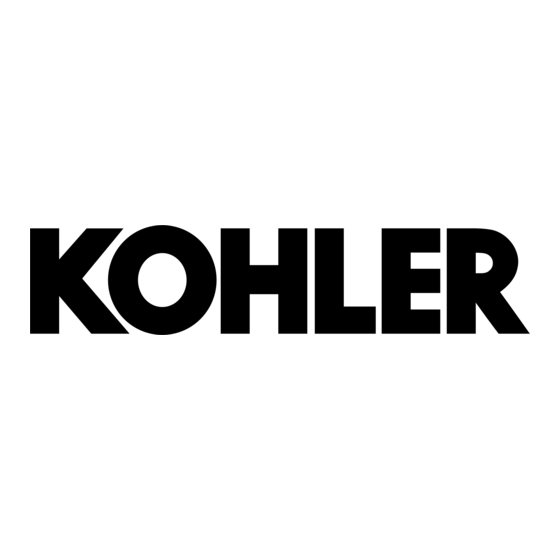Check Oil Level
1
2
3
See Figures
,
,
The importance of checking and maintaining
the proper oil level in the crankcase cannot be
overemphasized.
Check oil BEFORE EACH USE as follows:
1.
Make sure the engine is stopped, level, and cool
so the oil has had time to drain into the sump.
2.
Clean the area around and beneath the dipstick
or the oil fill plug (F) before removing it. This will
help keep dirt, debris, and other foreign matter
out of the engine. See Figure 1.
NOTE:
The engine may be equipped with two
dipsticks or an oil fill plug and a dipstick.
These can be placed in either hole.
3.
Checking oil level with a dipstick (A): Unscrew
and remove the dipstick; wipe off oil. Reinsert the
dipstick into the oil fill tube and rest the dipstick
on the oil fill neck (B). Turn it counterclockwise
until the oil fill cap drops down to the lowest
point of the thread leads. Do not thread the
dipstick cap onto the tube. See Figure 2.
Checking oil level with an oil fill plug: Unscrew
and remove the oil fill plug (A). The level should
be up to, but not over, the point of overflowing
the filler neck (B). See Figure 3.
4.
If the level is low, add oil of the proper type and
to the correct level. (Refer to
check the level before adding more oil.
5.
Reinstall the dipstick/oil fill plug (A) and gasket
(B), and tighten securely. See Figure
NOTE:
Over tightening the dipstick/oil fill plug (A)
will distort the gasket (C) and may cause oil
weeping. See Figure
NOTE:
To prevent extensive engine wear or damage,
always maintain the proper oil level in the
crankcase. Never operate the engine with the
oil level above the correct level.
Add Fuel
1
5
See Figures
and
Explosive Fuel can cause fires
and severe burns.
Do not fill the fuel tank while the
engine is hot or running.
1.
Make sure the engine is OFF, level, and is cool.
2.
Clean the area around the fuel cap (B). See
Figure 1.
3.
Remove the fuel cap. Fill to the base of the filler
neck (A). Do not overfill the fuel tank (B). Leave
room for the fuel to expand. See Figure 5.
8
4
, and
) Always
Oil Type.
.
4
.
4
WARNING
4.
Reinstall the fuel cap (B) and tighten securely. See
Figure 1.
Check Cooling Areas
To ensure proper cooling, make sure the recoil starter
screen, cooling fins, and other external surfaces of the
engine are kept clean at all times.
NOTE:
Operating the engine with a blocked screen,
dirty or plugged cooling fins, and/or cooling
shrouds removed, will cause engine damage
due to over heating.
Check Air Cleaner
1
See Figure
This engine is equipped with either a replaceable,
high-density paper air cleaner element. In addition, an
optional foam precleaner may also be included.
Check the air cleaner (A) for a buildup of dirt and
debris daily or before starting the engine. Keep the
area in and around the air cleaner clean. Also check
for loose or damaged components. Replace all worn or
damaged air cleaner components.
NOTE:
Operating the engine with loose or
damaged air cleaner components could
allow unfiltered air into the engine, causing
premature wear and failure.
Pre-Start Checklist
1.
Check oil level; if low, add oil. Do not overfill.
(Refer to
Check Oil Level
NOTE:
Engines are shipped without oil. Do not start
engine with low or no oil. This will cause
damage to the engine and will not be covered
under warranty.
2.
Check fuel level; if low, add fuel. Do not overfill.
3.
Check cooling areas, air intake areas, and external
surfaces of engine. Make sure they are clean and
unobstructed.
4.
Check that the air cleaner components and all
shrouds, equipment covers, and guards are in
place and securely fastened.
5.
Check that any clutches or transmissions are
disengaged or placed in neutral. This is especially
important on equipment with hydrostatic drive.
The shift lever must be exactly in neutral to
prevent resistance that could keep the engine
from starting.
Cold Weather Starting Hints
1.
Be sure to use the proper oil for the temperature
expected. (Refer to
Oil Recommendations
2.
Declutch all possible external loads.
3.
Use fresh winter grade fuel.
.)
.)

